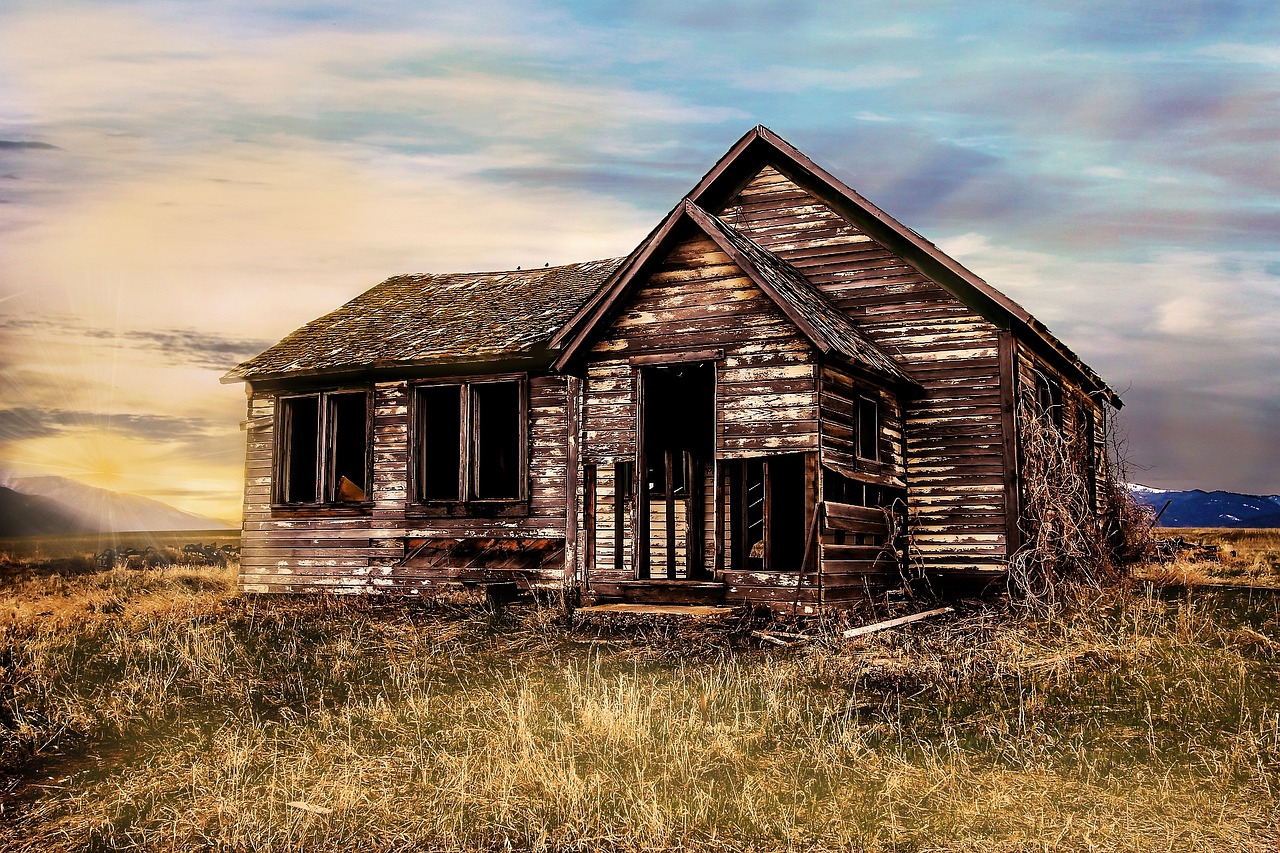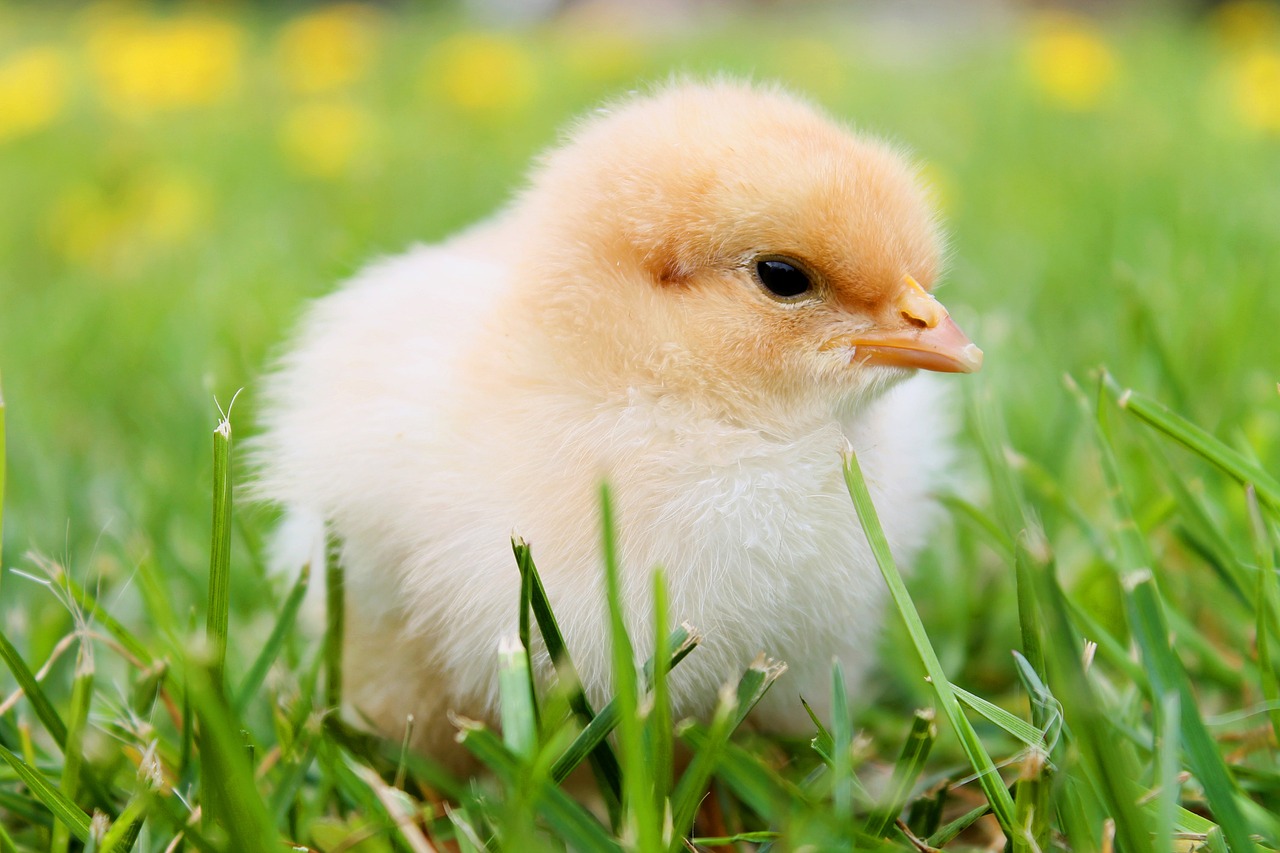Building a sustainable homestead requires careful planning and execution to create an efficient and productive living space. In this article, we explore how to design your homestead for sustainability.
Start by selecting the right location. Consider factors like climate, soil quality, and access to water. Research local regulations regarding land use, zoning, and permits to ensure your plans comply with local laws.
Once you have your land, design your layout. A well-planned homestead incorporates gardens, animal enclosures, and living spaces in a way that maximizes efficiency. Consider sun exposure, wind patterns, and natural barriers when positioning your structures.
Implement renewable energy sources to power your homestead. Solar panels, wind turbines, and rainwater harvesting systems reduce reliance on external utilities and contribute to a self-sufficient lifestyle. Assess your energy needs and choose a system that fits your budget.
Integrate permaculture principles into your design. This approach promotes biodiversity, improves soil health, and creates a self-sustaining ecosystem. Utilize companion planting, crop rotation, and natural pest control methods to enhance your garden’s productivity.
Finally, build community connections. Networking with other homesteaders and local farmers can provide valuable resources, knowledge, and support. Share experiences, trade goods, and foster a sense of community that enriches your homesteading journey.








